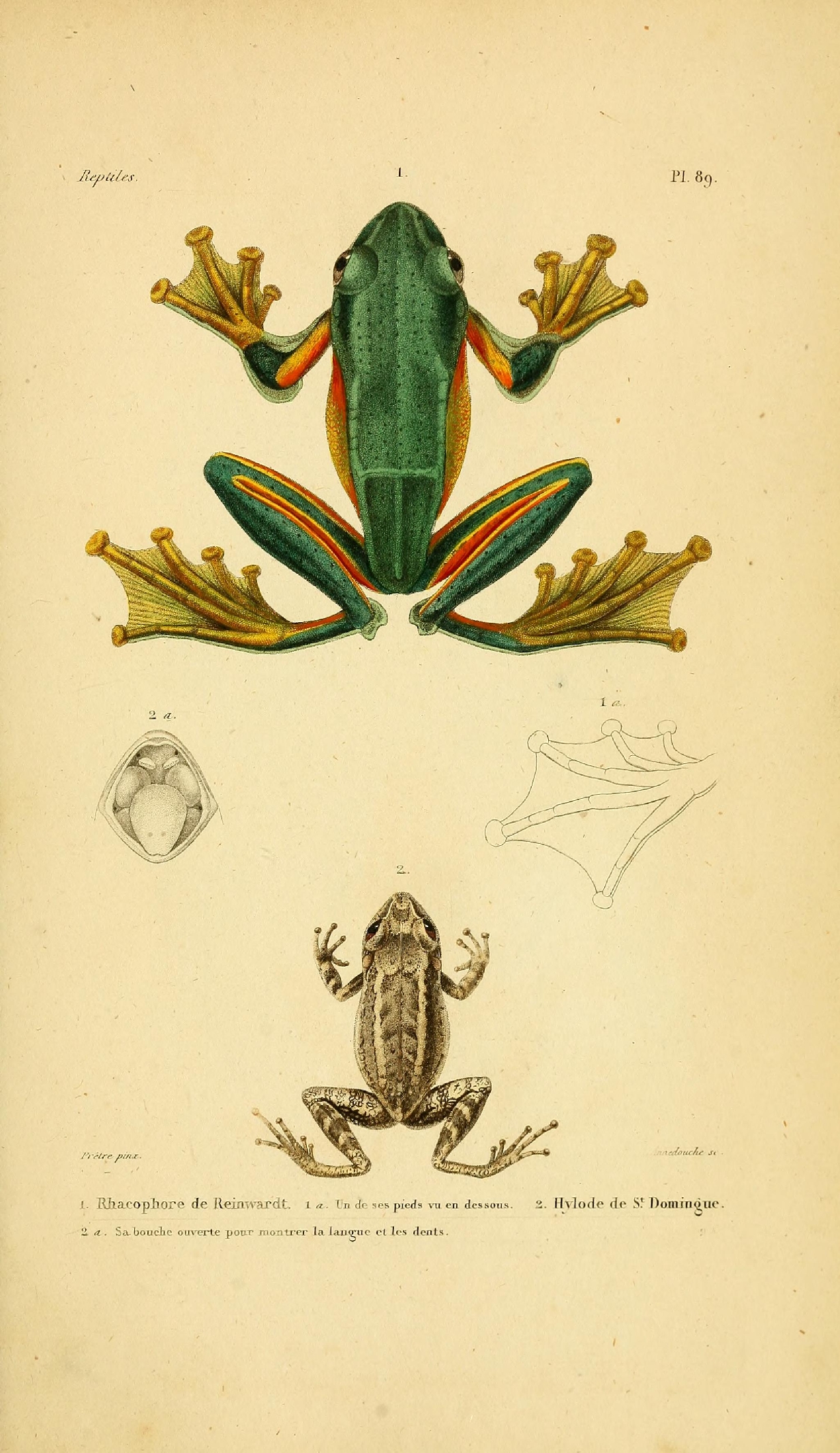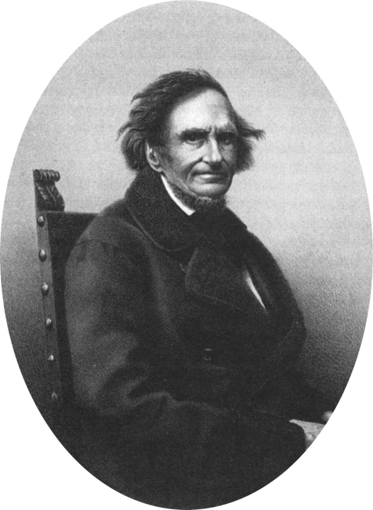|
Coelognathus Erythrurus
''Coelognathus erythrurus'', commonly known as the Philippine rat snake, is a species of snake of the family Colubridae. Geographic range The snake is found in the Philippines and Indonesia. Subspecies * ''Coelognathus erythrurus celebensis'' (Jan, 1863) * ''Coelognathus erythrurus erythrurus'' ( Duméril, Bibron & Duméril, 1854) * ''Coelognathus erythrurus manillensis'' Jan, 1863 * ''Coelognathus erythrurus psephenourus'' Leviton Leviton Manufacturing Company, Inc. is an American manufacturer of electrical wiring equipment in North America. It produces electrical light sockets, receptacles and outlets, switches, dimmers and other lighting control systems, wire, power c ..., 1979 References * Reptiles described in 1854 Taxa named by André Marie Constant Duméril Taxa named by Gabriel Bibron Taxa named by Auguste Duméril Reptiles of the Philippines Reptiles of Indonesia Reptiles of Malaysia Colubrids {{colubrid-stub ... [...More Info...] [...Related Items...] OR: [Wikipedia] [Google] [Baidu] |
André Marie Constant Duméril
André Marie Constant Duméril (1 January 1774 – 14 August 1860) was a French zoologist. He was professor of anatomy at the Muséum national d'histoire naturelle from 1801 to 1812, when he became professor of herpetology and ichthyology. His son Auguste Duméril was also a zoologist. Life André Marie Constant Duméril was born on 1 January 1774 in Amiens and died on 14 August 1860 in Paris. He became a doctor at a young age, obtaining, at 19 years, the ''prévot'' of anatomy at the medical school of Rouen. In 1800, he left for Paris and collaborated in the drafting of the comparative anatomy lessons of Georges Cuvier. He replaced Cuvier at the Central School of the Panthéon and had, as his colleague, Alexandre Brongniart. In 1801, he gave courses to the medical school of Paris. Under the ''Restauration'', he was elected a member of the Académie des Sciences (French Academy of Sciences) and after 1803 succeeded Lacépède, who was occupied by his political o ... [...More Info...] [...Related Items...] OR: [Wikipedia] [Google] [Baidu] |
Gabriel Bibron
Gabriel Bibron (20 October 1805 – 27 March 1848) was a French zoologist and herpetologist. He was born in Paris. The son of an employee of the Museum national d'histoire naturelle, he had a good foundation in natural history and was hired to collect vertebrates in Italy and Sicily. Under the direction of Jean Baptiste Bory de Saint-Vincent (1778–1846), he took part in the Morea expedition to Peloponnese. He classified numerous reptile species with André Marie Constant Duméril (1774–1860), whom he had met in 1832. Duméril was interested mainly in the relations between genera, and he left to Bibron the task of describing the species. Working together they produced the ''Erpétologie Générale'', a comprehensive account of the reptiles, published in ten volumes from 1834 to 1854. Also, Bibron assisted Duméril with teaching duties at the museum and was an instructor at a primary school in Paris. Bibron contracted tuberculosis and retired in 1845 to ... [...More Info...] [...Related Items...] OR: [Wikipedia] [Google] [Baidu] |
Auguste Duméril
Auguste Henri André Duméril (30 November 1812 – 12 November 1870) was a French zoologist. His father, André Marie Constant Duméril (1774-1860), was also a zoologist. In 1869 he was elected as a member of the Académie des sciences. Duméril studied at the University of Paris, and in 1844 became an associate professor of comparative physiology at the university. From 1857, he was a professor of herpetology and ichthyology at the Muséum National d'Histoire Naturelle in Paris. In 1851, with his father, he published ''Catalogue méthodique de la collection des Reptiles''. With zoologist Marie Firmin Bocourt (1819–1904), he collaborated on a project called ''Mission scientifique au Mexique et dans l'Amérique Centrale'', a publication that was the result of Bocourt's scientific expedition to Mexico Mexico ( Spanish: México), officially the United Mexican States, is a country in the southern portion of North America. It is bordered to the north by the United S ... [...More Info...] [...Related Items...] OR: [Wikipedia] [Google] [Baidu] |
Family (biology)
Family ( la, familia, plural ') is one of the eight major hierarchical taxonomic ranks in Linnaean taxonomy. It is classified between order and genus. A family may be divided into subfamilies, which are intermediate ranks between the ranks of family and genus. The official family names are Latin in origin; however, popular names are often used: for example, walnut trees and hickory trees belong to the family Juglandaceae, but that family is commonly referred to as the "walnut family". What belongs to a family—or if a described family should be recognized at all—are proposed and determined by practicing taxonomists. There are no hard rules for describing or recognizing a family, but in plants, they can be characterized on the basis of both vegetative and reproductive features of plant species. Taxonomists often take different positions about descriptions, and there may be no broad consensus across the scientific community for some time. The publishing of new data and opi ... [...More Info...] [...Related Items...] OR: [Wikipedia] [Google] [Baidu] |
Colubridae
Colubridae (, commonly known as colubrids , from la, coluber, 'snake') is a family of snakes. With 249 genera, it is the largest snake family. The earliest species of the family date back to the Oligocene epoch. Colubrid snakes are found on every continent except Antarctica. Description While most colubrids are not venomous (or have venom that is not known to be harmful to humans) and are mostly harmless, a few groups, such as genus '' Boiga'', can produce medically significant injuries. In addition, the boomslang, the twig snakes, and the Asian genus '' Rhabdophis'' have caused human fatalities. Some colubrids are described as opisthoglyphous (often called "rear-fanged"), meaning they have elongated, grooved teeth located in the back of their upper jaws. It is likely that opisthoglyphous dentition evolved many times in the history of snakes and is an evolutionary precursor to the fangs of vipers and elapids, which are located in the front of the mouth. Classification I ... [...More Info...] [...Related Items...] OR: [Wikipedia] [Google] [Baidu] |
Philippines
The Philippines (; fil, Pilipinas, links=no), officially the Republic of the Philippines ( fil, Republika ng Pilipinas, links=no), * bik, Republika kan Filipinas * ceb, Republika sa Pilipinas * cbk, República de Filipinas * hil, Republika sang Filipinas * ibg, Republika nat Filipinas * ilo, Republika ti Filipinas * ivv, Republika nu Filipinas * pam, Republika ning Filipinas * krj, Republika kang Pilipinas * mdh, Republika nu Pilipinas * mrw, Republika a Pilipinas * pag, Republika na Filipinas * xsb, Republika nin Pilipinas * sgd, Republika nan Pilipinas * tgl, Republika ng Pilipinas * tsg, Republika sin Pilipinas * war, Republika han Pilipinas * yka, Republika si Pilipinas In the recognized optional languages of the Philippines: * es, República de las Filipinas * ar, جمهورية الفلبين, Jumhūriyyat al-Filibbīn is an archipelagic state, archipelagic country in Southeast Asia. It is situated in the western Pacific Ocean and consists of aro ... [...More Info...] [...Related Items...] OR: [Wikipedia] [Google] [Baidu] |
Indonesia
Indonesia, officially the Republic of Indonesia, is a country in Southeast Asia and Oceania between the Indian and Pacific oceans. It consists of over 17,000 islands, including Sumatra, Java, Sulawesi, and parts of Borneo and New Guinea. Indonesia is the world's largest archipelagic state and the 14th-largest country by area, at . With over 275 million people, Indonesia is the world's fourth-most populous country and the most populous Muslim-majority country. Java, the world's most populous island, is home to more than half of the country's population. Indonesia is a presidential republic with an elected legislature. It has 38 provinces, of which nine have special status. The country's capital, Jakarta, is the world's second-most populous urban area. Indonesia shares land borders with Papua New Guinea, East Timor, and the East Malaysia, eastern part of Malaysia, as well as maritime borders with Singapore, Vietnam, Thailand, the Philippines, Australia, Palau, an ... [...More Info...] [...Related Items...] OR: [Wikipedia] [Google] [Baidu] |
Giorgio Jan
Giorgio Jan (21 December 1791 in Vienna – 8 May 1866, Milan) was an Italian taxonomist, zoologist, botanist, herpetologist, and writer. He is also known as Georg Jan or Georges Jan. Biography After having been an assistant at the University of Vienna, Jan obtained the post of professor of botany at the university of Parma as well as becoming Director of the botanical garden. At that time, the duchy of Parma was no longer under Austrian jurisdiction following the Congress of Vienna after the defeat of Napoleon at Waterloo. Giuseppe de Cristoforis died in 1837 bequeathing his collections to the town of Milan on condition that the municipality created a natural history museum whose direction had to be entrusted to Giorgio Jan, who offered his own collections. The ''Museo Civico di Storia Naturale di Milano'' was created the following year and is the oldest natural history museum of Italy. Jan immediately engaged Ferdinando Sordelli (1837–1916), artist and naturalist, who the ... [...More Info...] [...Related Items...] OR: [Wikipedia] [Google] [Baidu] |
Alan Edward Leviton
Alan may refer to: People *Alan (surname), an English and Turkish surname *Alan (given name), an English given name **List of people with given name Alan ''Following are people commonly referred to solely by "Alan" or by a homonymous name.'' *Alan (Chinese singer) (born 1987), female Chinese singer of Tibetan ethnicity, active in both China and Japan * Alan (Mexican singer) (born 1973), Mexican singer and actor *Alan (wrestler) (born 1975), a.k.a. Gato Eveready, who wrestles in Asistencia Asesoría y Administración *Alan (footballer, born 1979) (Alan Osório da Costa Silva), Brazilian footballer * Alan (footballer, born 1998) (Alan Cardoso de Andrade), Brazilian footballer *Alan I, King of Brittany (died 907), "the Great" *Alan II, Duke of Brittany (c. 900–952) *Alan III, Duke of Brittany(997–1040) *Alan IV, Duke of Brittany (c. 1063–1119), a.k.a. Alan Fergant ("the Younger" in Breton language) *Alan of Tewkesbury, 12th century abbott *Alan of Lynn (c. 1348–1423), 15th ce ... [...More Info...] [...Related Items...] OR: [Wikipedia] [Google] [Baidu] |
Reptiles Described In 1854
Reptiles, as most commonly defined are the animals in the Class (biology), class Reptilia ( ), a paraphyletic grouping comprising all sauropsid, sauropsids except birds. Living reptiles comprise turtles, crocodilians, Squamata, squamates (lizards and snakes) and rhynchocephalians (tuatara). As of March 2022, the Reptile Database includes about 11,700 species. In the traditional Linnaean taxonomy, Linnaean classification system, birds are considered a separate class to reptiles. However, crocodilians are more closely related to birds than they are to other living reptiles, and so modern Cladistics, cladistic classification systems include birds within Reptilia, redefining the term as a clade. Other cladistic definitions abandon the term reptile altogether in favor of the clade Sauropsida, which refers to all amniotes more closely related to modern reptiles than to mammals. The study of the traditional reptile Order (biology), orders, historically combined with that of modern amphi ... [...More Info...] [...Related Items...] OR: [Wikipedia] [Google] [Baidu] |
Taxa Named By André Marie Constant Duméril
In biology, a taxon (back-formation from ''taxonomy''; plural taxa) is a group of one or more populations of an organism or organisms seen by taxonomists to form a unit. Although neither is required, a taxon is usually known by a particular name and given a particular ranking, especially if and when it is accepted or becomes established. It is very common, however, for taxonomists to remain at odds over what belongs to a taxon and the criteria used for inclusion. If a taxon is given a formal scientific name, its use is then governed by one of the nomenclature codes specifying which scientific name is correct for a particular grouping. Initial attempts at classifying and ordering organisms (plants and animals) were set forth in Carl Linnaeus's system in ''Systema Naturae'', 10th edition (1758), as well as an unpublished work by Bernard and Antoine Laurent de Jussieu. The idea of a unit-based system of biological classification was first made widely available in 1805 in the in ... [...More Info...] [...Related Items...] OR: [Wikipedia] [Google] [Baidu] |



